- The Great Cornwall Guide
- Destinations
- Things to do
- Beach Guide
- Food & Drink
- Properties
- Journal
- Golden Lobster Reviews
- Destinations
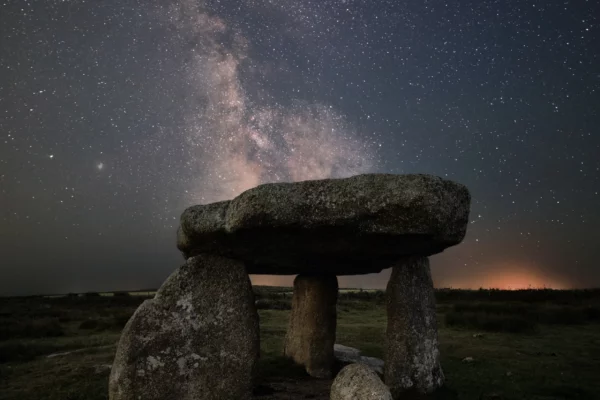
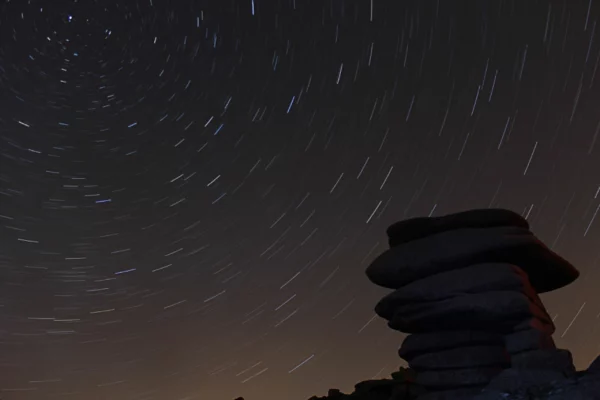
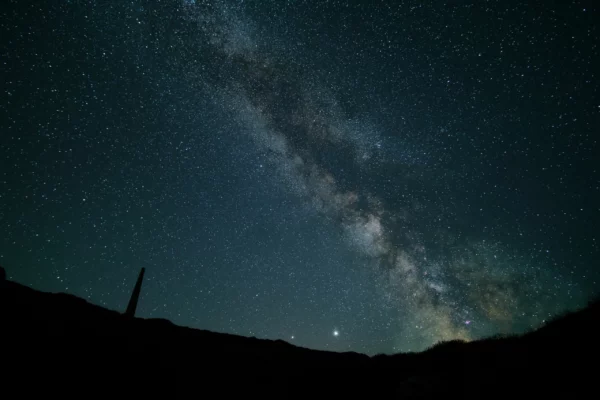
Kirstie Newton reveals the best places to experience stargazing and astronomy in Dark Sky sites across Cornwall
Imagine your perfect Cornish scene. Are you picturing blue skies and sunshine, perhaps on one of the Duchy’s stunning beaches? There is another side to Cornwall, however, and it’s a stellar experience in more ways than one.
Astro-tourism has increased in popularity in recent years, as travellers reap the benefits of visiting locations with less light pollution, the better to appreciate the beauty of the night skies above.
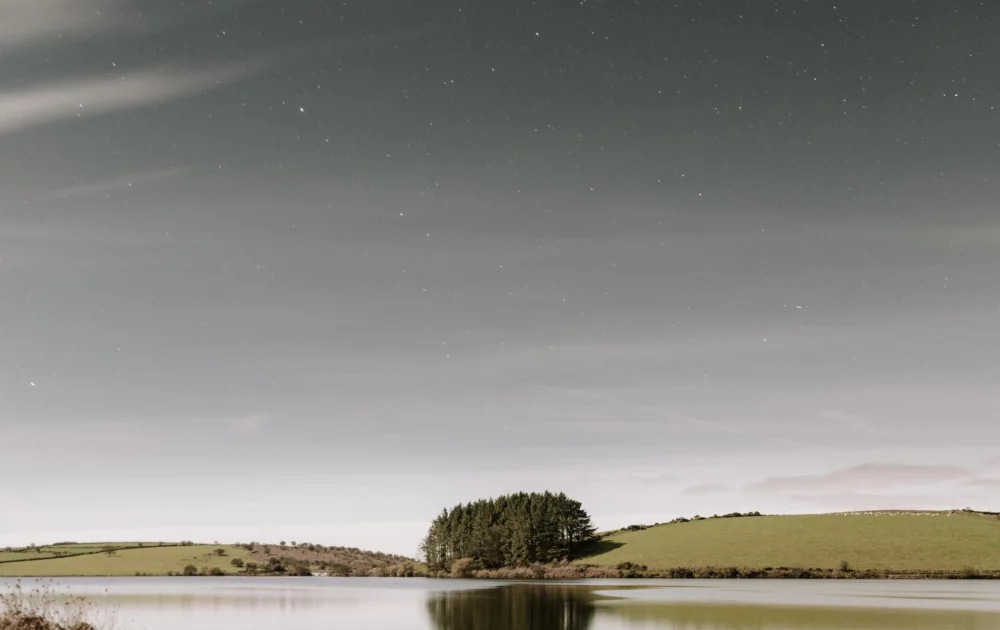
James Thomas Siblyback
In doing so, they are following in the footsteps of their distant ancestors, who are thought to have erected many of Cornwall’s oldest monuments to reflect and celebrate celestial events – the solstice, a full moon or a star rising at a certain time of year. “Our dark skies give us a connection to people in prehistoric times – we see things as they saw them,” saysWest Penwith archaeoastronomer Carolyn Kennett.
But this experience has been threatened by population growth and a dependence on artificial light. “On a low-light walk at Castle an Dinas, near Newquay, one woman told me she hadn’t seen the Milky Way since she was a child,” says Carolyn.
The International Dark Sky Places Conservation Programme was founded in 2001 to encourage communities, parks and protected areas around the world to preserve and protect dark sites through initiatives including responsible lighting policies and public education.
The rewards are manifold: as well as offering a new leisure outlet for visitors (and a revenue source for locals), protecting our night skies also supports the wellbeing of residents and wildlife.
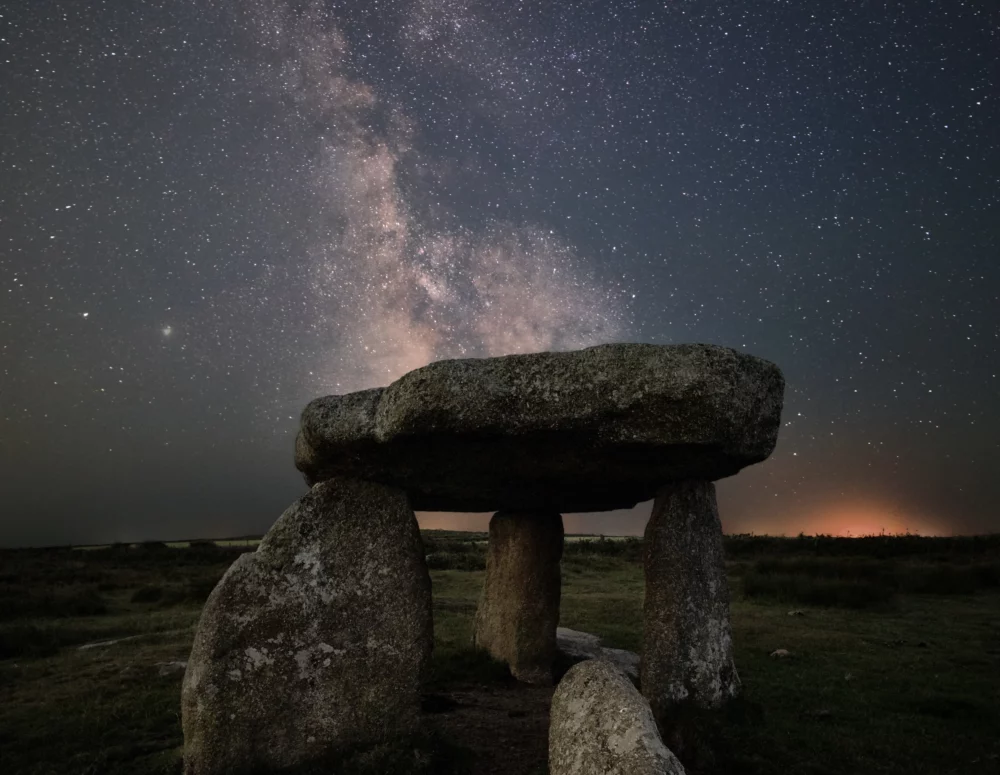
Lanyon Quoit
Cornwall has two International Dark Sky Parks (IDSP): Bodmin Moor was the first to receive its official designation in 2017, followed by West Penwith in 2021. These areas are recognised as being naturally dark at night with minimal traces of light pollution, placing them among the best places in the world to view star-studded skies.
Human population growth has had many effects on the environment, and light pollution is one of them. Any unnecessary artificial light – for example, excessively bright and/or in areas where it just isn’t needed – is considered a pollutant with serious and harmful consequences, from interrupting our sleep and disrupting wildlife behaviour to wasting money and energy.
It also blocks our view of the wider universe – DarkSky Interational estimates that 83% of the global population lives under a light-polluted sky, and only two in 10 people can see the Milky Way from where they live.
Bodmin Holiday Cottages and Luxury Homes
Bodmin Holiday Cottages and Luxury Homes
Looking to book a self-catering property in Bodmin? If you’re searching for a special stay in Bodmin, then look no further than our luxury hand-picked selection of holiday cottages. From your holida...
Discover More
“Our norms have shifted enormously,” says Kevin Gaston PhD, professor of Biodiversity and Conservation at the University of Exeter in Penryn, who is on DarkSky’s board of directors. In 2006, he became intrigued by what was causing European robins to be singing when he emerged from late-night visits to the cinema, and has been working on the biological impacts of artificial night-time lighting on animal and plantlife ever since.
“When I first started working in this area, there was very little research into it,” he recalls. “We did a lot of work into what was happening to the night-time – where it was changing, how fast and in what ways. We looked at images taken from the International Space Station.
“Fundamentally, you could argue there are two key things other than water that affect life, and that’s temperature and light. Humanity is changing both of those.”
One strand of work sees the nighttime as a “forgotten part of modern living”. Kevin explains: “We are tucked away at night. We travel from one indoors to another with very little engagement with the outdoors. Night-time is changing just as much as daytime, and one of the most profound ways is through artificial lighting.”
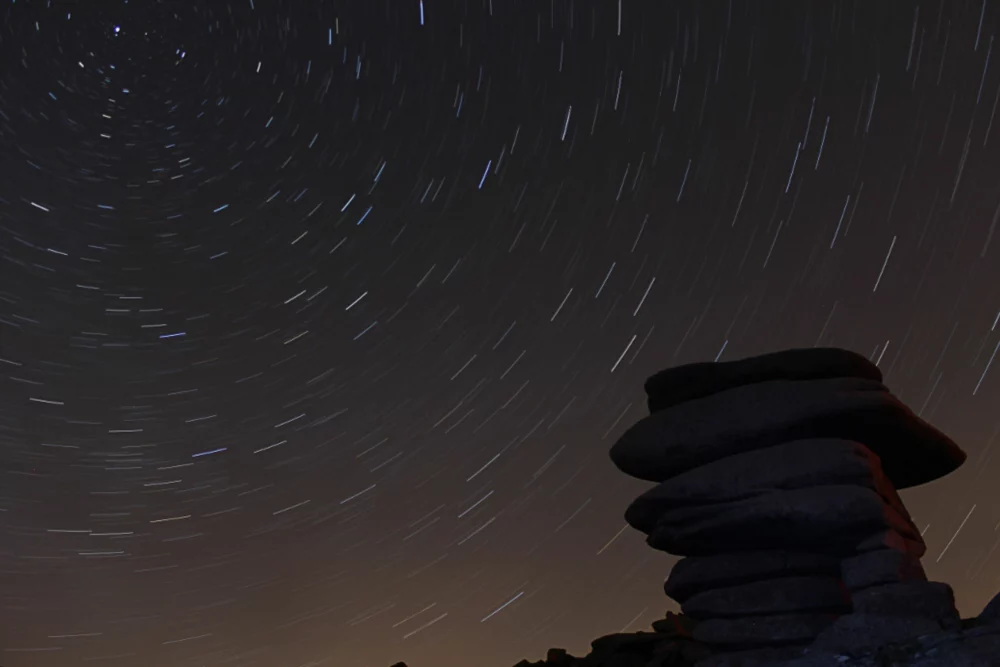
Rhys Harris
Fortunately, while Cornwall has several large towns, there are none of the major offenders: large cities, busy motorways, premiership football grounds.
Both International Dark Sky Parks (IDSPs) are incredibly rural: Bodmin Moor IDSP covers the moorland within the AONB and a two-mile buffer zone around it, to reflect the proximity of towns like Bodmin, Liskeard and Launceston; West Penwith IDSP has the added advantage of being surrounded by unlit sea, stretching around the coastline from St Ives to Mousehole via St Just, Sennen and Land’s End, and inland taking in Trethewey, Sancreed and New Mill.
Designation is serious stuff, achieved through a rigorous process. In West Penwith, efforts were led by a partnership between residents, businesses and local authorities with visitor attractions and accommodation providers on board.
“The majority of Dark Sky Parks around the world are in national parks, with staff and resources,” says Cllr Sue James. “In contrast, while some on our steering group are in relevant paid employment, we are really just a group of people with a passion for our night sky.”
The idea initially came from two parish councillors as long ago as 2010. “They felt the skies deserved the same kind of recognition and protection as the Cornish Mining World Heritage Site, but they weren’t getting very far with the complicated application process,” Sue recalls.
“I was on Cornwall Council’s cabinet with the environment portfolio, and agreed to project manage it. I found out what the criteria were and got the right people sitting round the table. We had meetings, focused on objectives and evidence.”
The designation makes a huge difference – planning applications, for example, have to take it into account to pass Go. But while achieving it is one thing, keeping it is a different ball game. “We have to submit an annual report, and if you don’t provide enough evidence of the right light meter readings, or of doing outreach and education, you could lose it. It’s a lot of work.”
But it has the potential to pay dividends. Sue has anecdotal evidence of astrotourism in the area: “I was at a café in St Just a year ago, and overheard a conversation between other customers who had come here specifically because it was an IDA and they were going on an organised walk,” she says.
“So it does bring people here during the darker autumn, winter and early spring months, meaning accommodation providers are on board as it extends their season.”
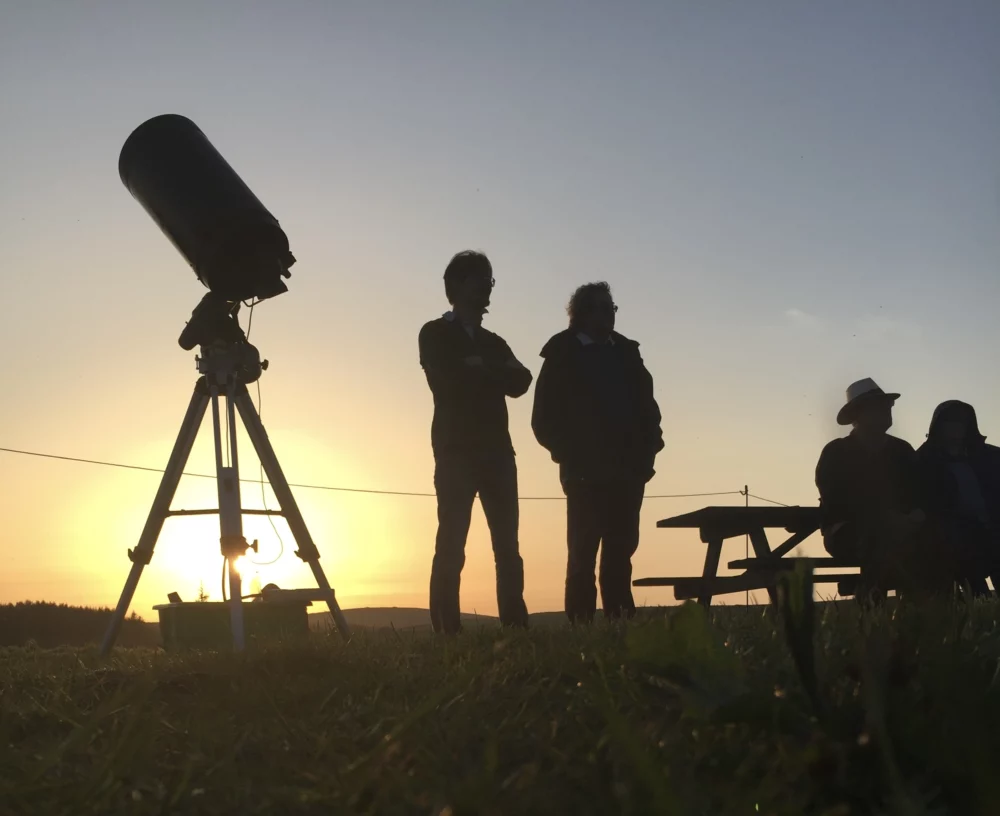
Jonathon Jacobs
Dr Wayne Thomas is a keen amateur astronomer who is lucky enough to live right next door to Caradon Observatory near Upton Cross, on the eastern fringes of Bodmin Moor. “I can see all five observatory domes from my bedroom window, and keep my telescopes there,” he grins. “I’m happy as a pig in poo.”
The observatory played a key role in obtaining Dark Sky status for Bodmin Moor, not least by fulfilling the public outreach role crucial to retaining the designation. The team runs regular events at Siblyback Lake, starting with talks in the meeting room and culminating in telescope work by the shores of the lake.
“At the last one in November, we had around 30 people and were able to show them Saturn and Jupiter, and the outline of the Milky Way – there were many ‘wows’,” says Wayne, who is an IDA delegate sharing information with counterparts around the UK.
Artificial lighting, he says, has precipitated a move away from seeing such things naturally. “You do have to immerse yourself in total darkness to see these things – your eyes don’t ‘dark adapt’ quite so easily if you just step from your house into your back garden, whereas coming to a Dark Sky park is very effective, and much quicker.”
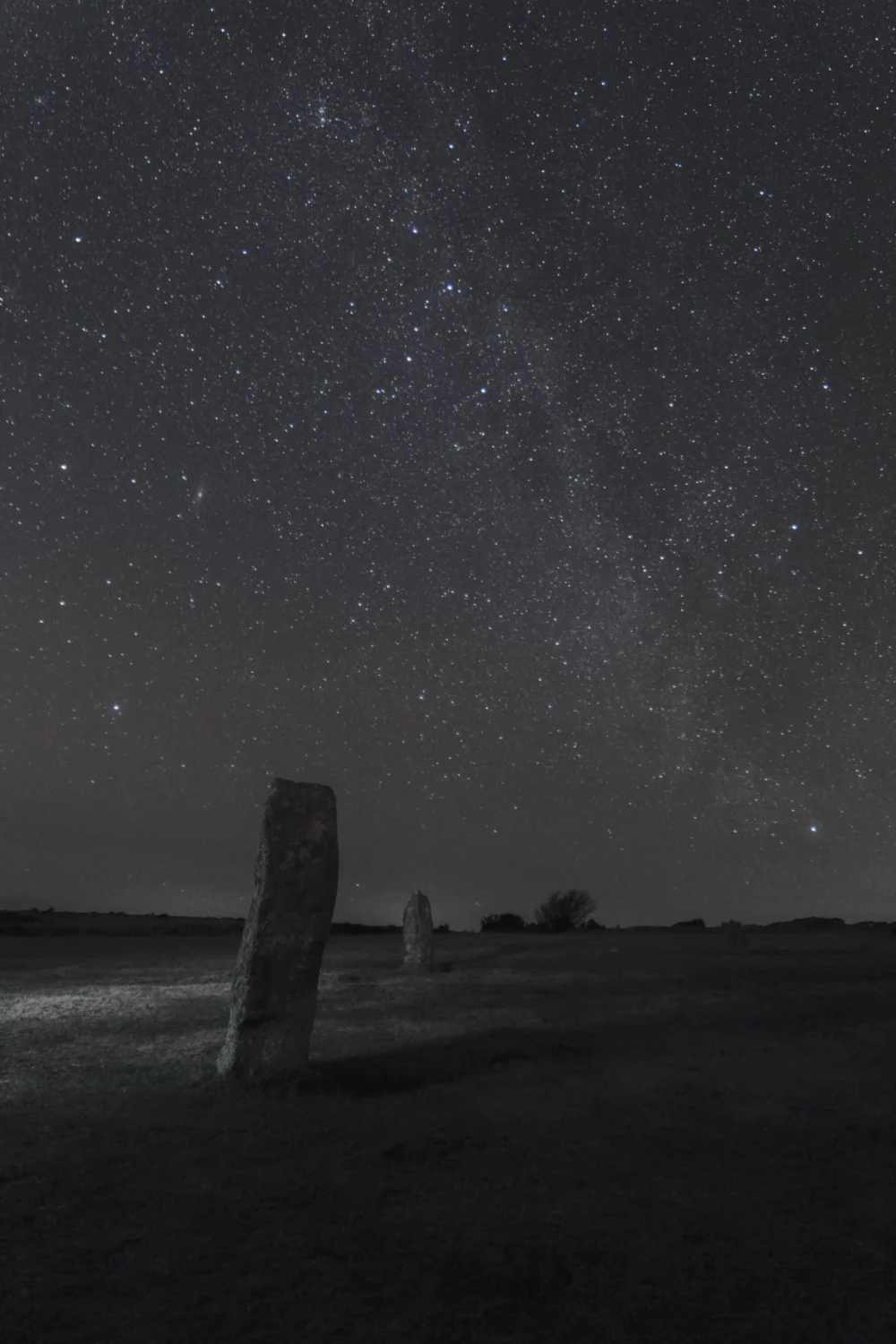
Michael Bennet
In addition to the International Dark Sky Parks, Cornwall are also boasts two Dark Sky Discovery Sites, as decreed by the UK Dark Sky Discovery partnership – a network of national and local astronomy and environmental organisations which aims to engage people from diverse backgrounds with the night sky.
Carnewas and Bedruthan (just north of Mawgan Porth off the B3276 between Newquay and Padstow) and St Agnes Head are both “Milky Way” sites, where our galaxy is visible to the naked eye. Both are managed by the National Trust, which has also devised a stargazing walk around Chapel Carn Brea in West Penwith.
Carolyn Kennett also leads regular walks – the next one is at Chun Quoit, near Pendeen, for winter solstice. If the weather is fair, the winter sun will set over Carn Kenidjack in the distance. The original event sold out, so a second night has been added.
Her home in West Penwith contains some of her favourite night-time locations. “Zennor Cove is one of the darkest places I’ve been in a long while, even with St Ives just around the corner – It’s very special,” she says. “And Chapel Carn Brea has amazing views over the sea – water is an important part of it, as there are no lights at sea.”
Cornwall Council recently announced that streetlights are to be turned off or dimmed between midnight and 5am in areas with no night-time economy or pressing safety requirements. As well as supporting the Dark Skies designations, it’s estimated this, along with a switch to energy-efficient LED light fittings, will use around 65% less energy and save the taxpayer at least £600,000 a year half.
The news was welcomed by Kevin Gaston. “Interacting with the night sky was such a deep part of our history. It was important to our understanding of our place in the sense of things. That has been lost,” he says. “Reconnecting people with it is really important.”
Carolyn Kennett’s tips for enjoying the dark skies:
International Dark Sky Week takes place from April 2 to 8, 2024.
Categories: Cornwall's Nature Hotspots, Nature Activities & Clubs